October 29, 2025
Data Shows Endangered Palau Ground Doves Swiftly Recovering After Successful Palauan Island Conservation Effort
Astounding evidence of recovery on Ulong Island in Palau after just one year!
Published on
March 27, 2019
Written by
Emily Heber
Photo credit
Emily Heber
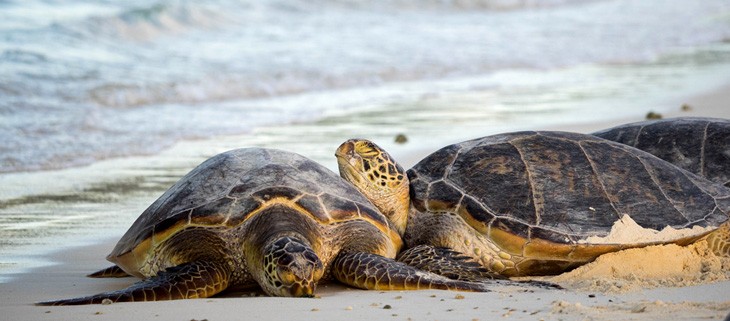
Warning: Graphic video. Viewer Discretion is Advised.
Sea turtle populations around the world are facing population declines. Six of the seven species of sea turtles are considered threatened and while there are a number of factors including habitat loss, fishing by-catch, pollution, and the harvesting of eggs, the presence of invasive rats is a growing concern. However, there is hope—removing invasive rats from important sea turtle nesting islands can provide safe habitat.
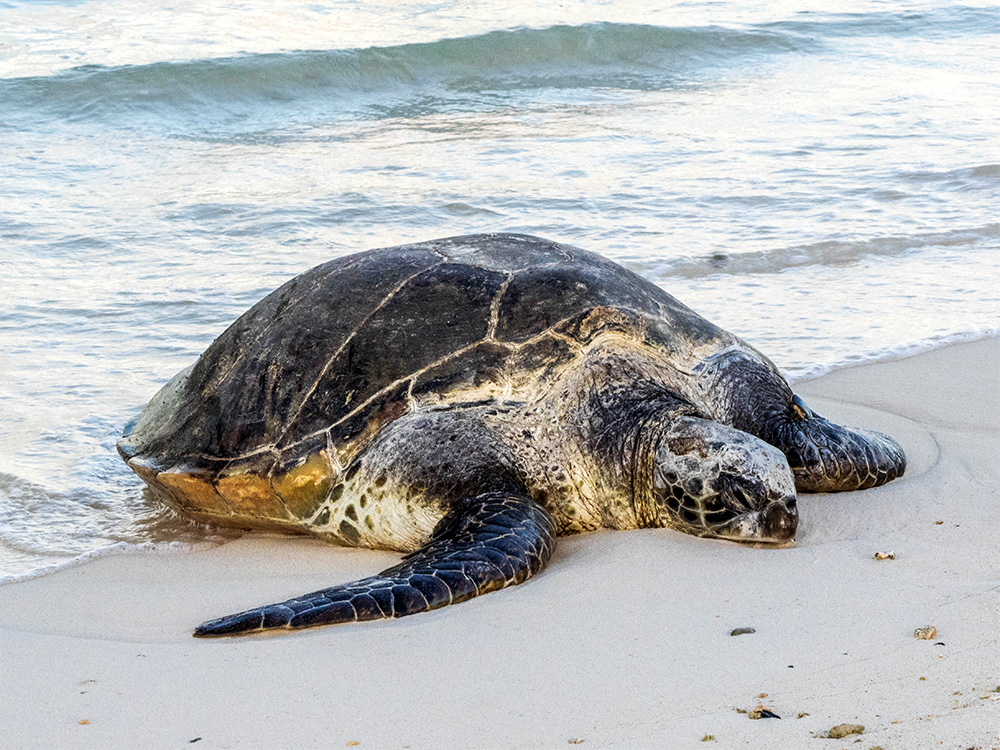
New research on Tetiaroa Atoll, French Polynesia, documented predation by a species of invasive rats (Rattus rattus) at main sea turtle nesting sites. Researchers were authorized by the Direction of the Environment of French Polynesia to use motion-sensing cameras to monitor activity by invasive rats. The videos show both adult and juvenile rats digging and sniffing out areas where hatchlings would emerge only two days later. Footage from the nests strongly suggests that invasive rats are searching for and intentionally using hatchlings as a food source.
Although sea turtles face a number of threats, invasive rats are a solvable problem. Removing invasive rats from sea turtle nesting islands can prevent these kinds of predatory interactions and save sea turtle hatchlings as they emerge from the nests.
Conservation efforts on many sea turtle nesting islands including the removal of invasive rats from Tetiaroa and Ulithi Atolls are underway and will go on to benefit the global population of sea turtles.
Source: Pacific Conservation Biology
Featured photo: Sea turtles on Midway Atoll. Credit: Gregg Howald/Island Conservation
Thank you to Markus Gronwald,
Check out other journal entries we think you might be interested in.

October 29, 2025
Astounding evidence of recovery on Ulong Island in Palau after just one year!

August 28, 2025
A new paper reveals the benefits of holistic restoration on Australia's Lord Howe Island!
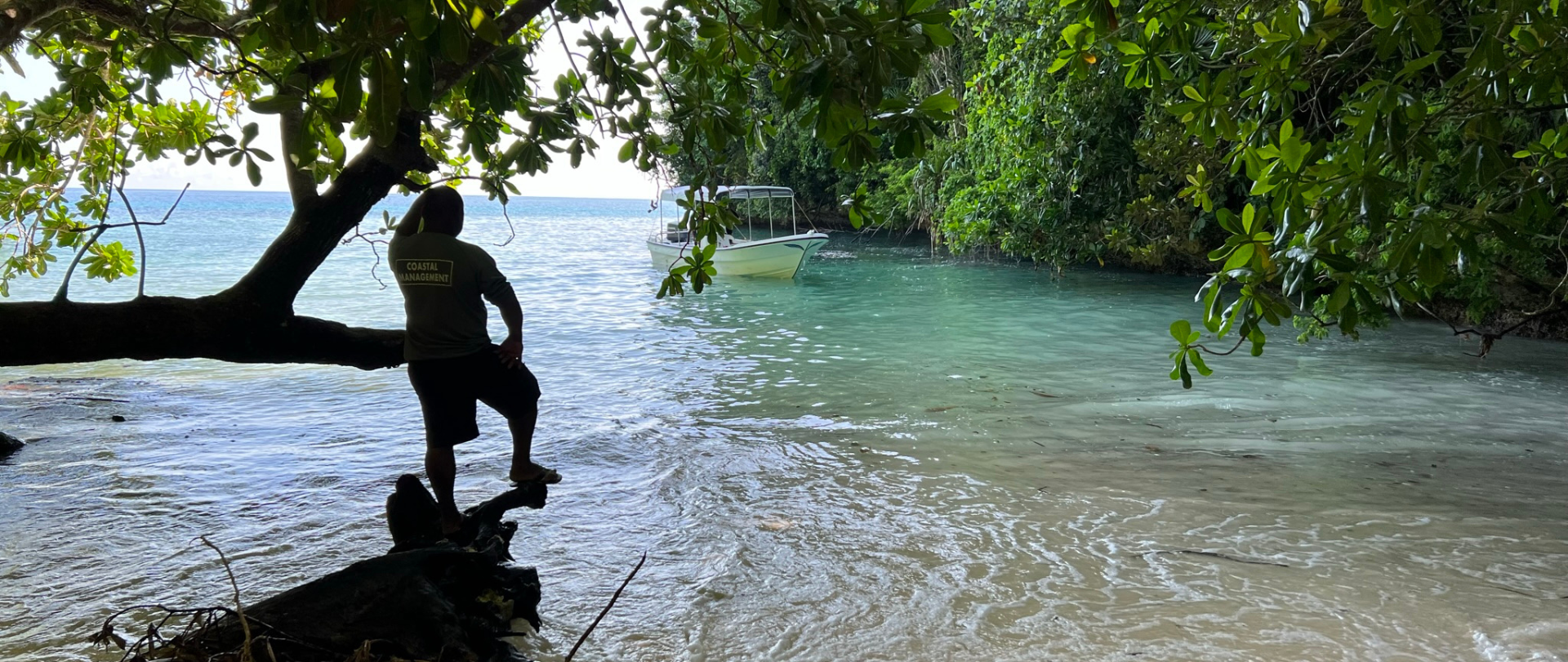
May 19, 2025
Read our position paper on The 3rd United Nations Ocean Conference (UNOC 3) to see why we're attending and what we aim to accomplish!
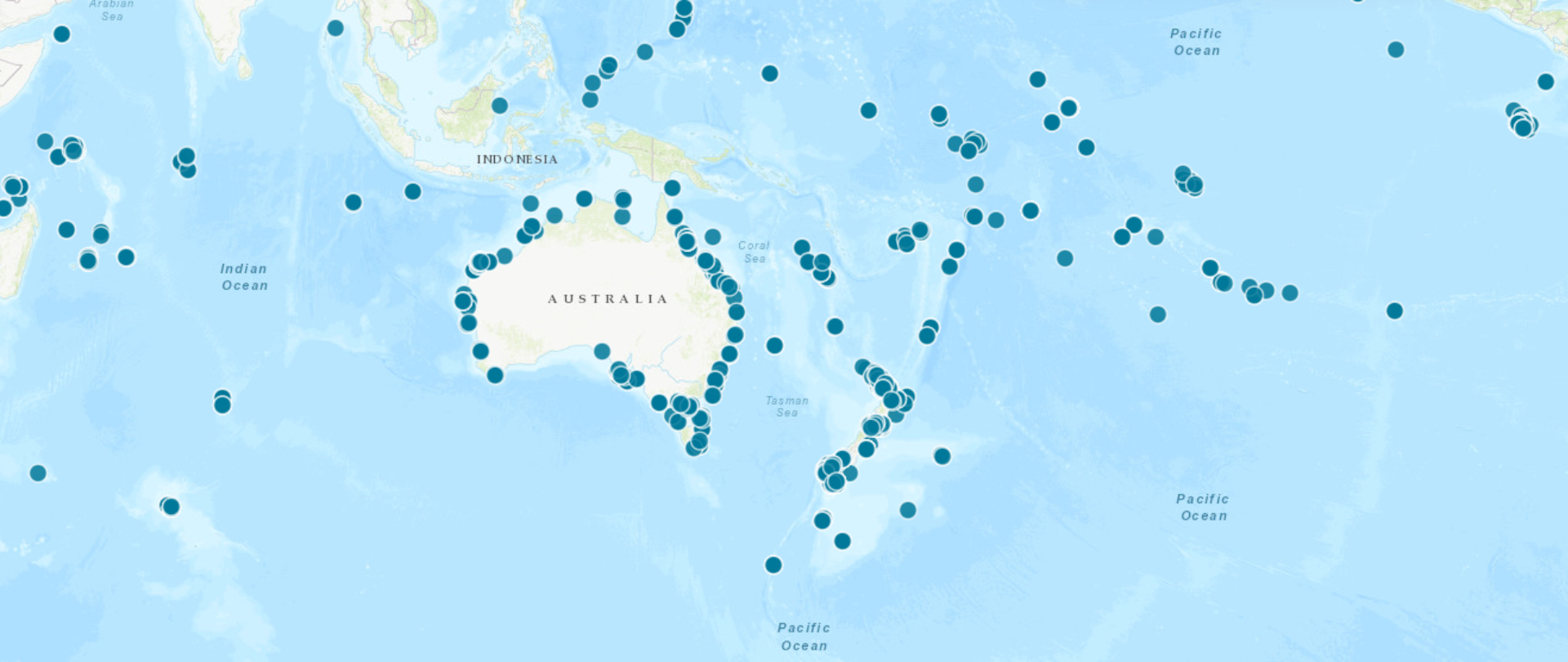
March 20, 2025
The DIISE is full of important, publicly-accessible data about projects to remove invasive species from islands all around the world!
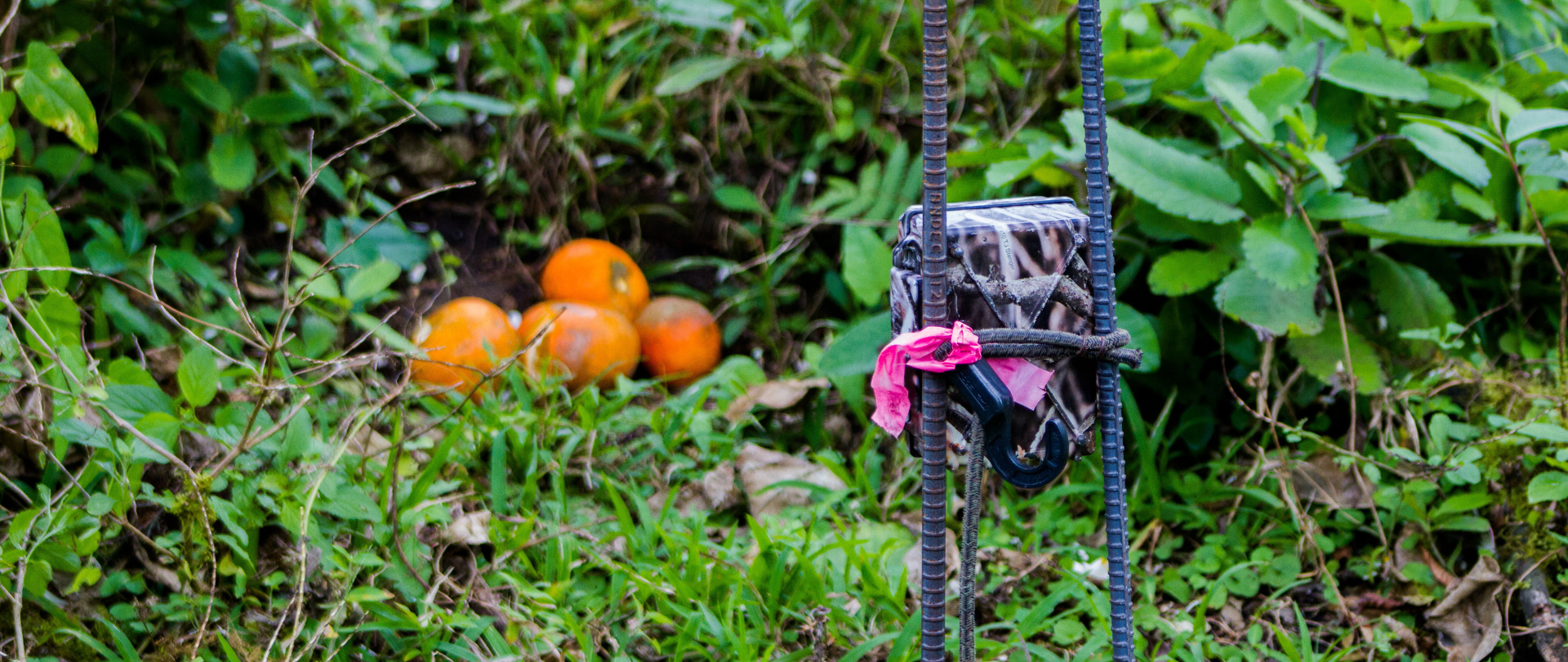
December 10, 2024
We're using a cutting-edge new tool to sense and detect animals in remote locations. Find out how!
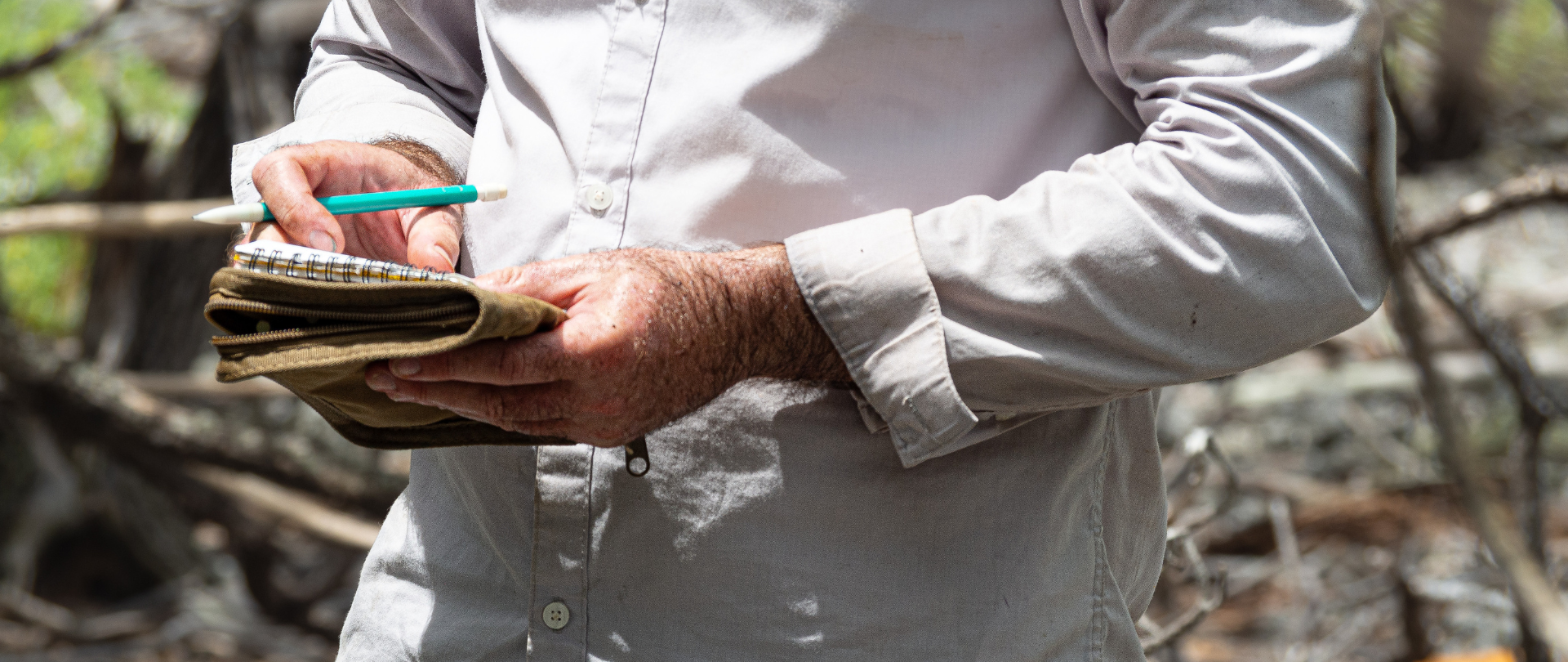
December 9, 2024
Groundbreaking research has the potential to transform the way we monitor invasive species on islands!
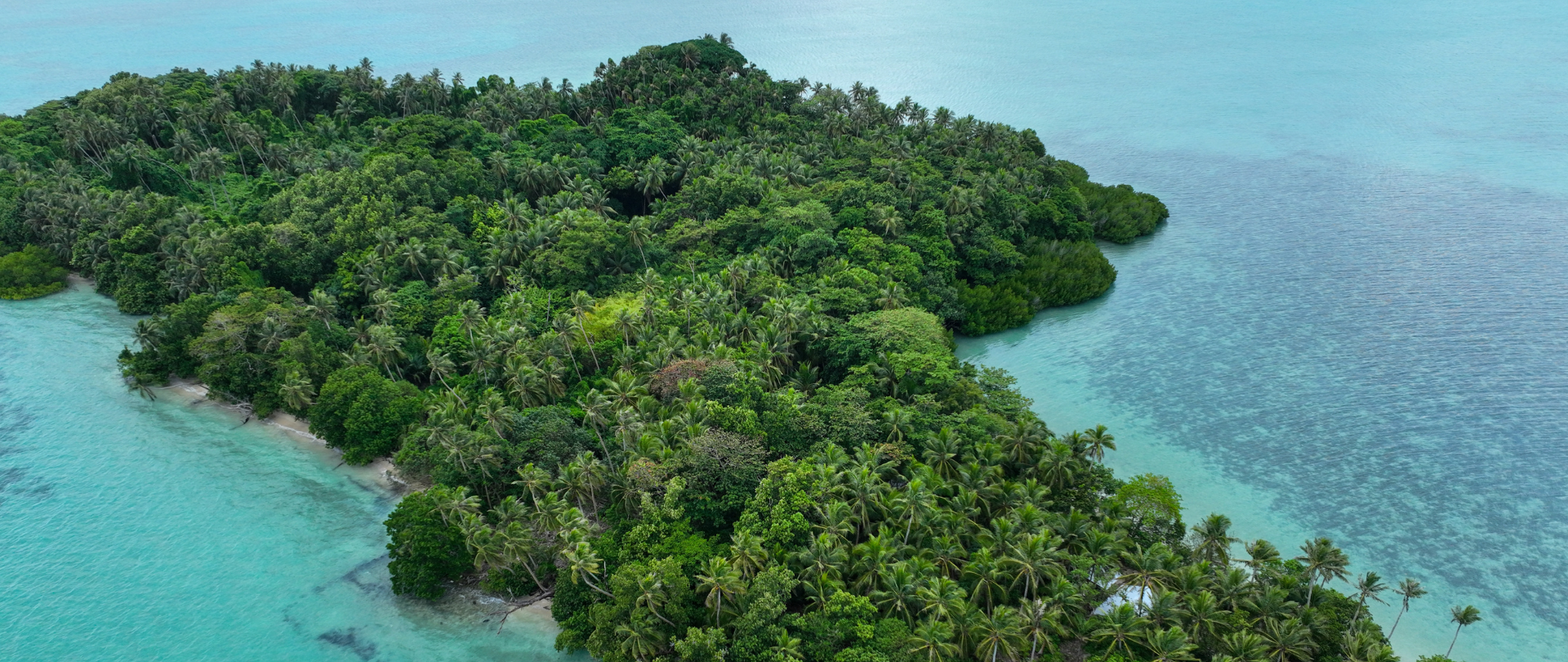
December 4, 2024
Ann Singeo, founder of our partner organization the Ebiil Society, shares her vision for a thriving Palau and a flourishing world of indigenous science!
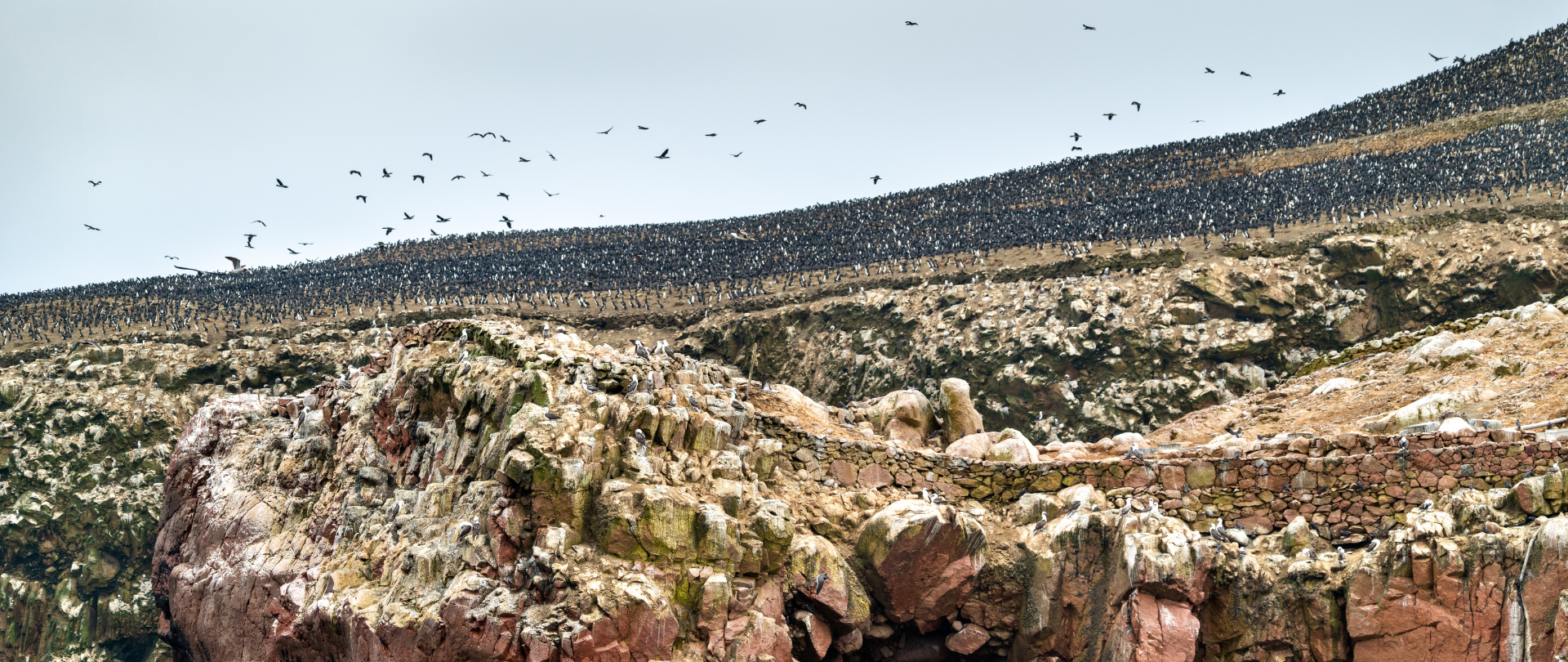
November 22, 2024
This historic agreement aims to protect the marine and coastal areas of the Southeast Pacific.
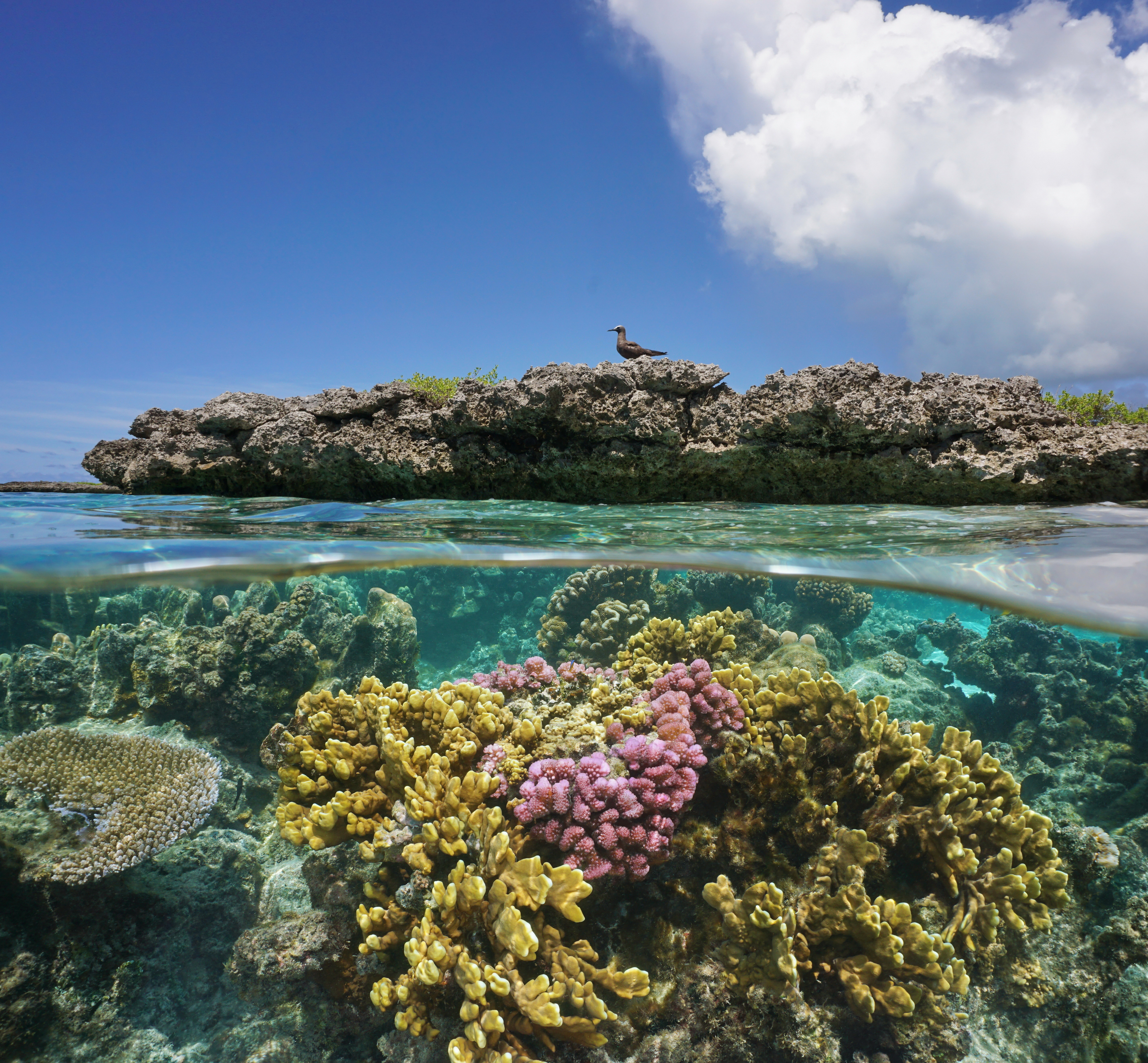
November 18, 2024
Our projects to restore key islets in Nukufetau Atoll forecast climate resilience and community benefits in Tuvalu!
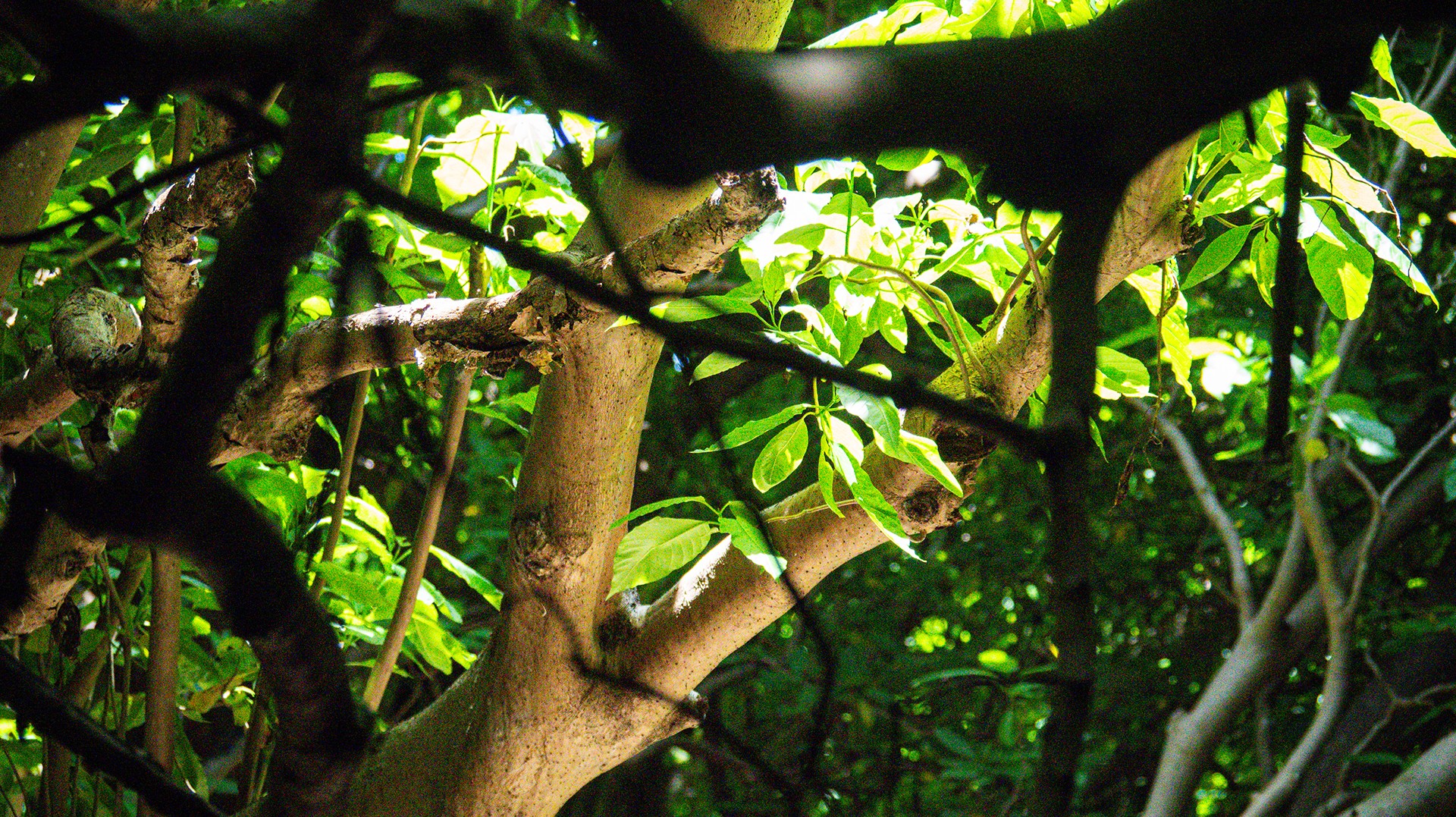
October 3, 2024
Island Conservation and partners have published a new paper quantifying ecosystem resilience on restored islands!